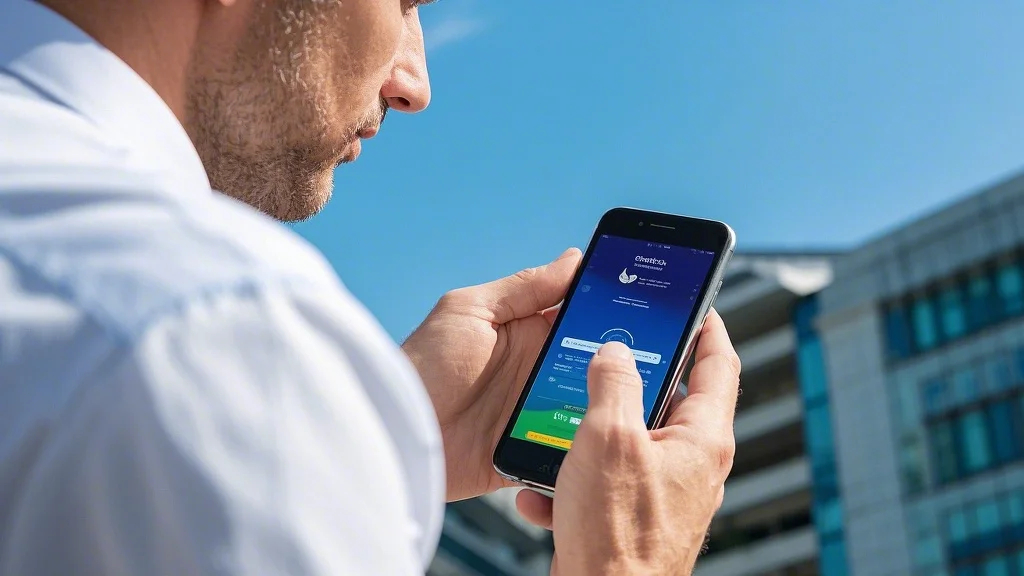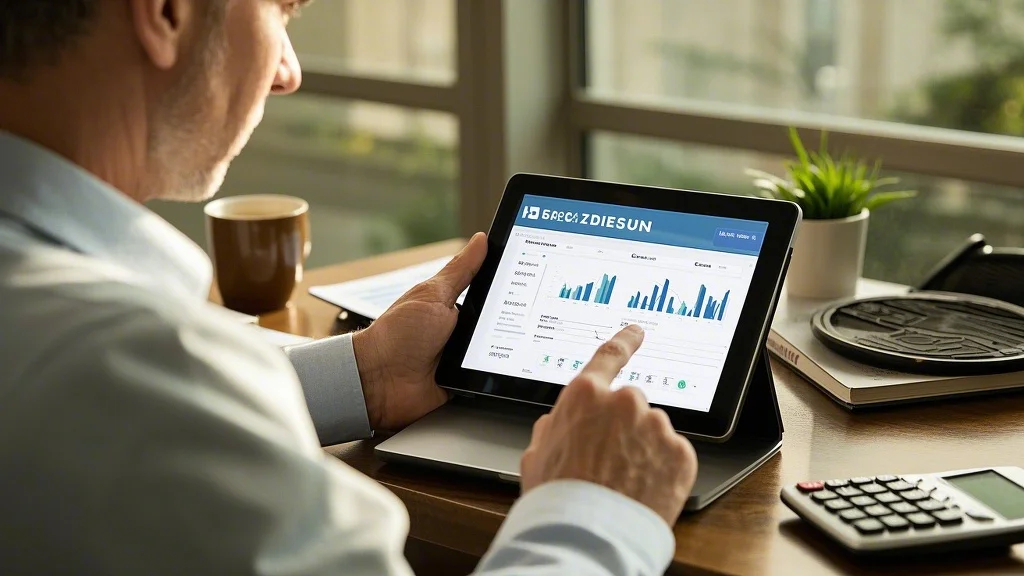The Evolution of Mobile Payment Technology
The landscape of mobile payment apps has transformed dramatically, moving beyond simple transaction tools to comprehensive financial platforms. Modern solutions combine cutting-edge contactless payment technology with robust security features and value-added services that challenge traditional banking. Near-field communication (NFC) has become the standard for in-person payments, while QR code systems dominate in markets where terminal penetration remains low. What began as digitized versions of credit cards now offer peer-to-peer transfers, bill pay, investment options, and even cryptocurrency integration. The COVID-19 pandemic accelerated adoption rates by 2-3 years in most markets, making mobile payments a necessity rather than a convenience. Today’s leading platforms process billions of transactions annually with success rates matching or exceeding traditional card payments, signaling a permanent shift in consumer payment preferences worldwide.
Leading Global Mobile Payment Platforms
When evaluating fintech payment solutions, several platforms stand out for their market penetration and innovative features. Apple Pay and Google Pay have become ubiquitous in Western markets, leveraging their smartphone dominance to create seamless payment experiences. These services work particularly well when integrated with broader mobile banking ecosystems, allowing users to manage multiple cards and accounts from a single interface. In Asia, Alipay and WeChat Pay dominate with their super-app approaches that bundle payments with messaging, social features, and mini-programs. Emerging markets see solutions like M-Pesa thriving by addressing specific local needs like microloans and airtime purchases. The common thread across all leading platforms is their ability to reduce friction in the payment process while adding layers of security that often surpass physical card protections.

Security Advancements in Digital Wallets
The security infrastructure behind modern digital wallets represents one of the most robust in consumer technology. Tokenization replaces sensitive card details with unique digital identifiers for each transaction, making data breaches significantly less damaging. These contactless payment technology solutions combine biometric authentication (fingerprint or facial recognition) with device-specific encryption to create multi-layered security. Many platforms now employ machine learning to detect unusual spending patterns and freeze suspicious transactions in real-time. The most secure wallets use “device-only” storage where payment credentials never leave your smartphone’s secure element chip. For added protection, some services generate virtual card numbers for online purchases, shielding your actual account details from merchants. These advancements have made mobile payments statistically safer than physical cards, with fraud rates up to 80% lower in some markets.
Integration with Broader Financial Ecosystems
Today’s mobile payment apps have evolved into full-fledged financial hubs that extend well beyond simple transactions. The leading platforms now offer integrated budgeting tools that categorize spending across all linked accounts automatically. These fintech payment solutions increasingly incorporate savings features with competitive interest rates and round-up investment options. Some services provide real-time receipt tracking and expense reporting tailored for small business owners. The most advanced ecosystems connect payments with loyalty programs, automatically applying discounts and tracking rewards across multiple merchants. This expansion into comprehensive financial management positions mobile payment platforms as potential alternatives to traditional banking apps, especially for younger demographics who prefer unified financial experiences over maintaining relationships with multiple institutions.
The Future of Contactless and Mobile Payments
Emerging contactless payment technology points toward a future where smartphones may replace wallets entirely. Ultra-wideband (UWB) technology promises more precise device-to-terminal communication, potentially enabling payments without physically removing your phone from your pocket. Biometric payment cards that combine chip technology with fingerprint sensors are bridging the gap for holdouts still carrying physical wallets. The integration of digital wallets with Internet of Things (IoT) devices could enable autonomous transactions from smart appliances and vehicles. Some forward-looking platforms are experimenting with augmented reality interfaces for payments and blockchain-based settlement systems for cross-border transactions. As these technologies mature, we’re likely to see the complete disappearance of physical payment instruments in many markets, replaced by seamless authentication methods that combine biometrics, device signals, and behavioral patterns for both security and convenience.
Choosing the Right Mobile Payment Solution
Selecting among competing mobile payment apps requires evaluating several factors beyond basic functionality. Compatibility with your existing mobile banking relationships is crucial, as some financial institutions offer enhanced features when using their preferred wallet. Frequent travelers should prioritize solutions with broad international acceptance and favorable currency conversion terms. Small business owners might value platforms with integrated invoicing and customer management tools. Security-conscious users should examine each platform’s authentication methods and fraud protection policies in detail. The most future-proof choices will be those actively investing in emerging technologies like UWB and blockchain integration. Regardless of your specific needs, the ideal mobile payment solution should disappear into the background of your financial life – providing reliable, instantaneous transactions without friction while offering robust tools for when you need deeper financial insights or controls.



